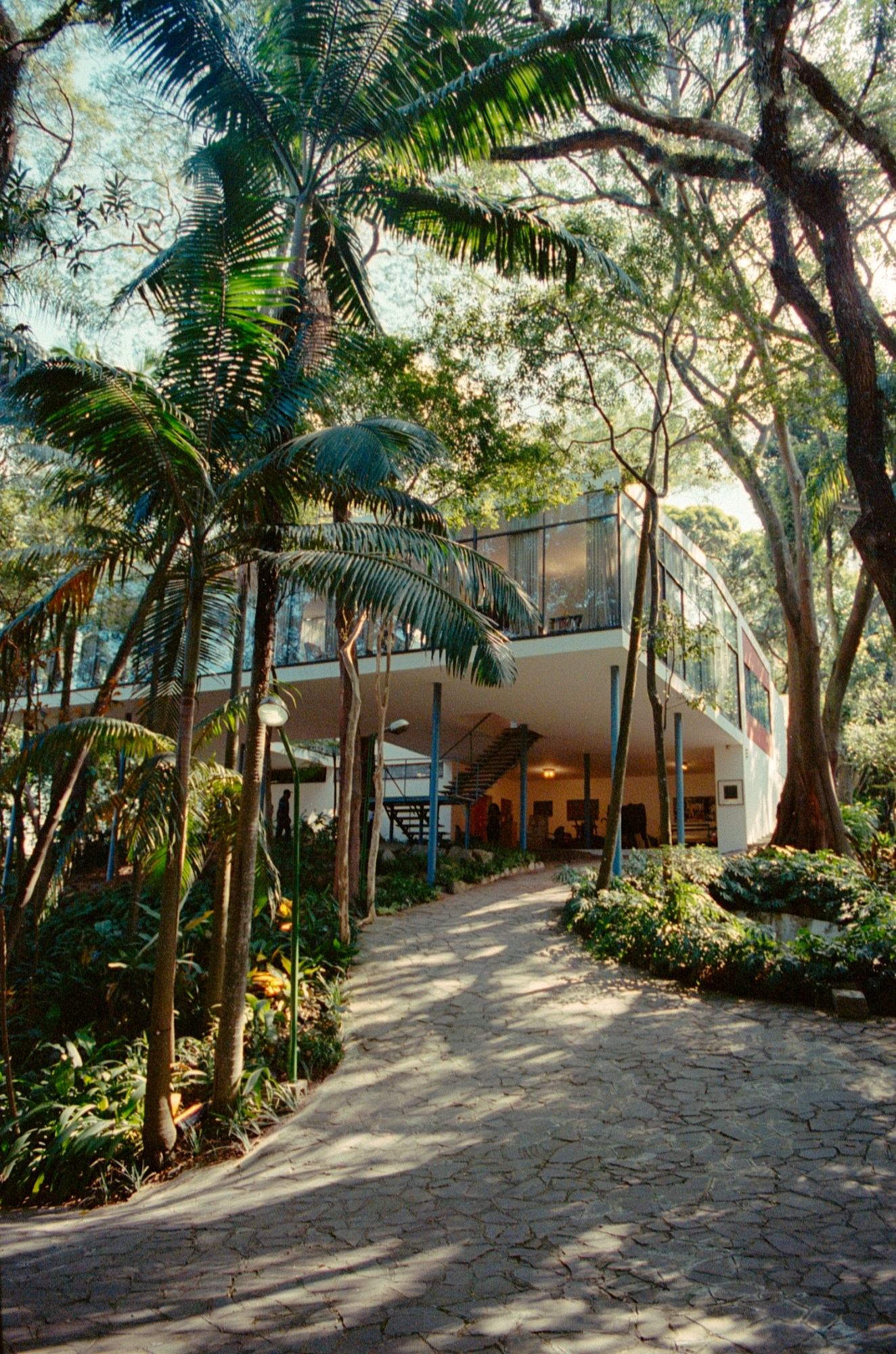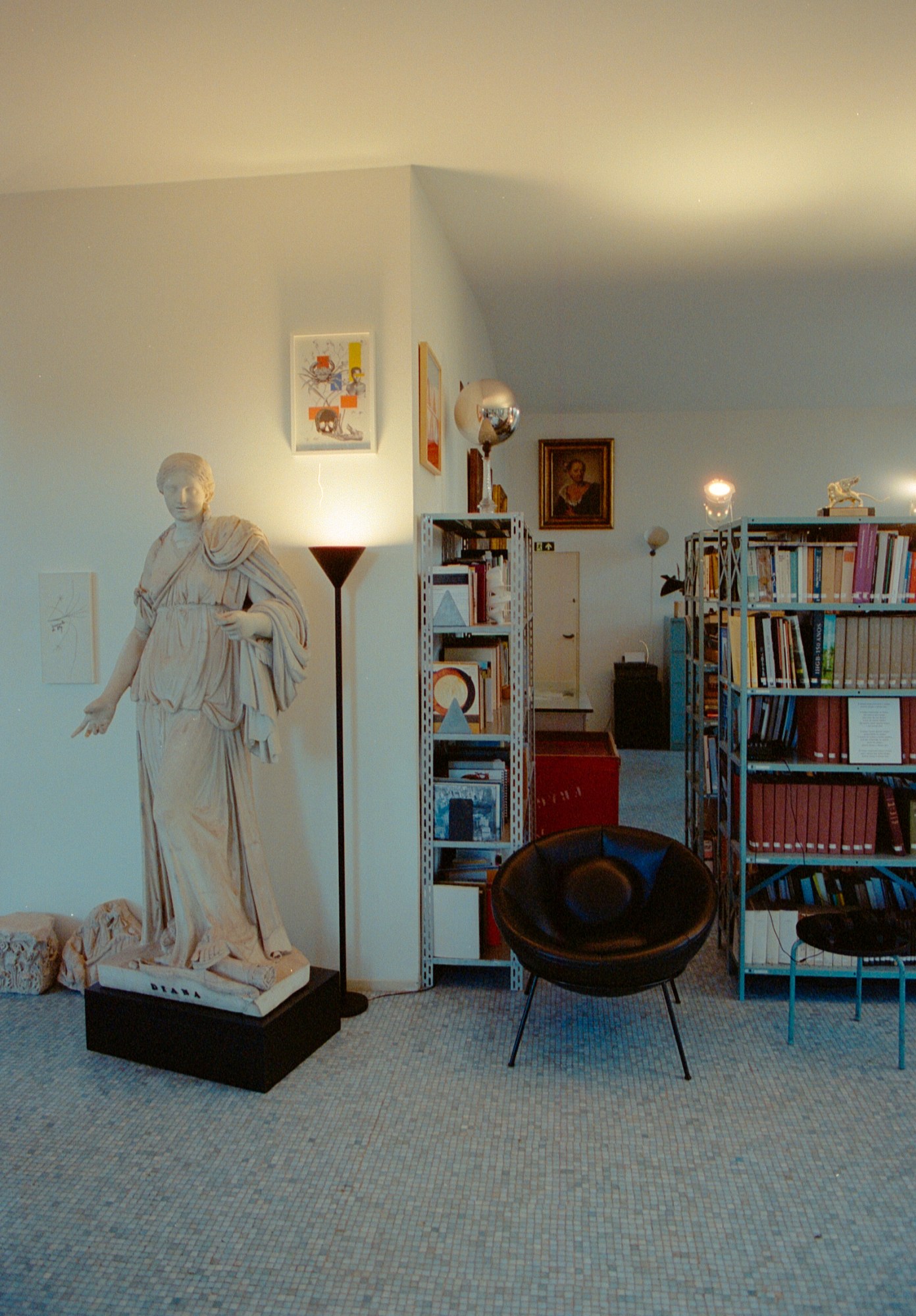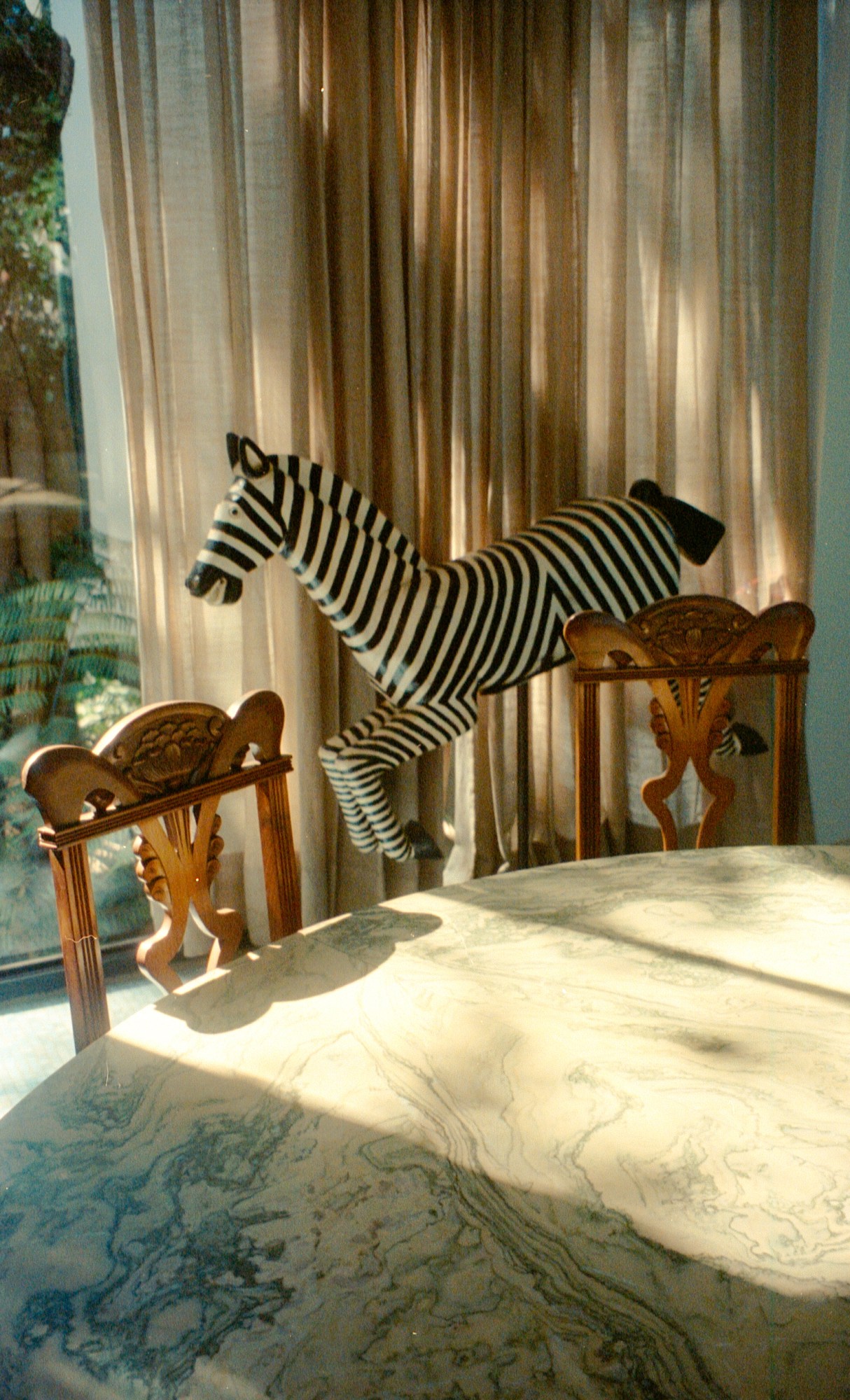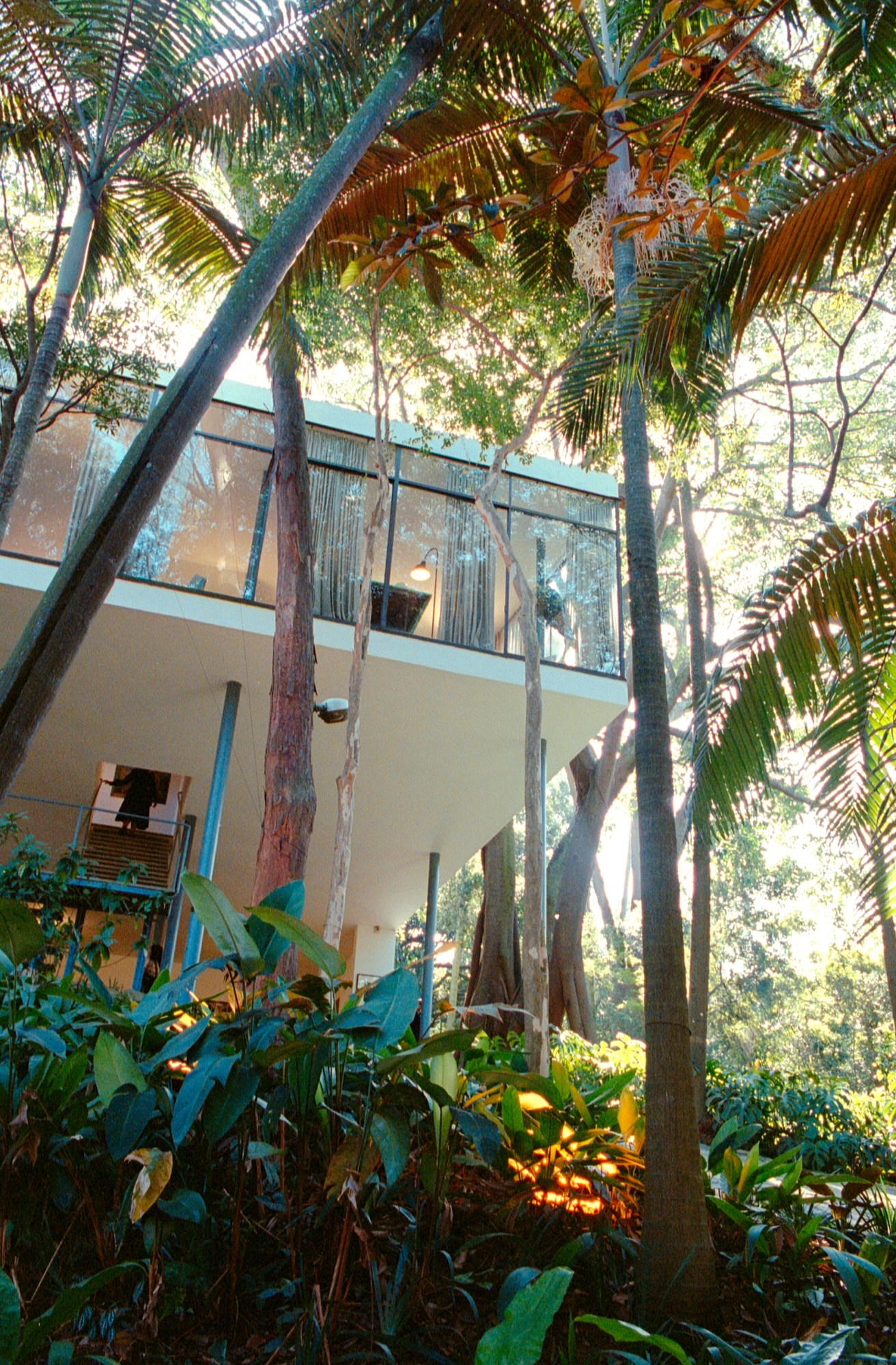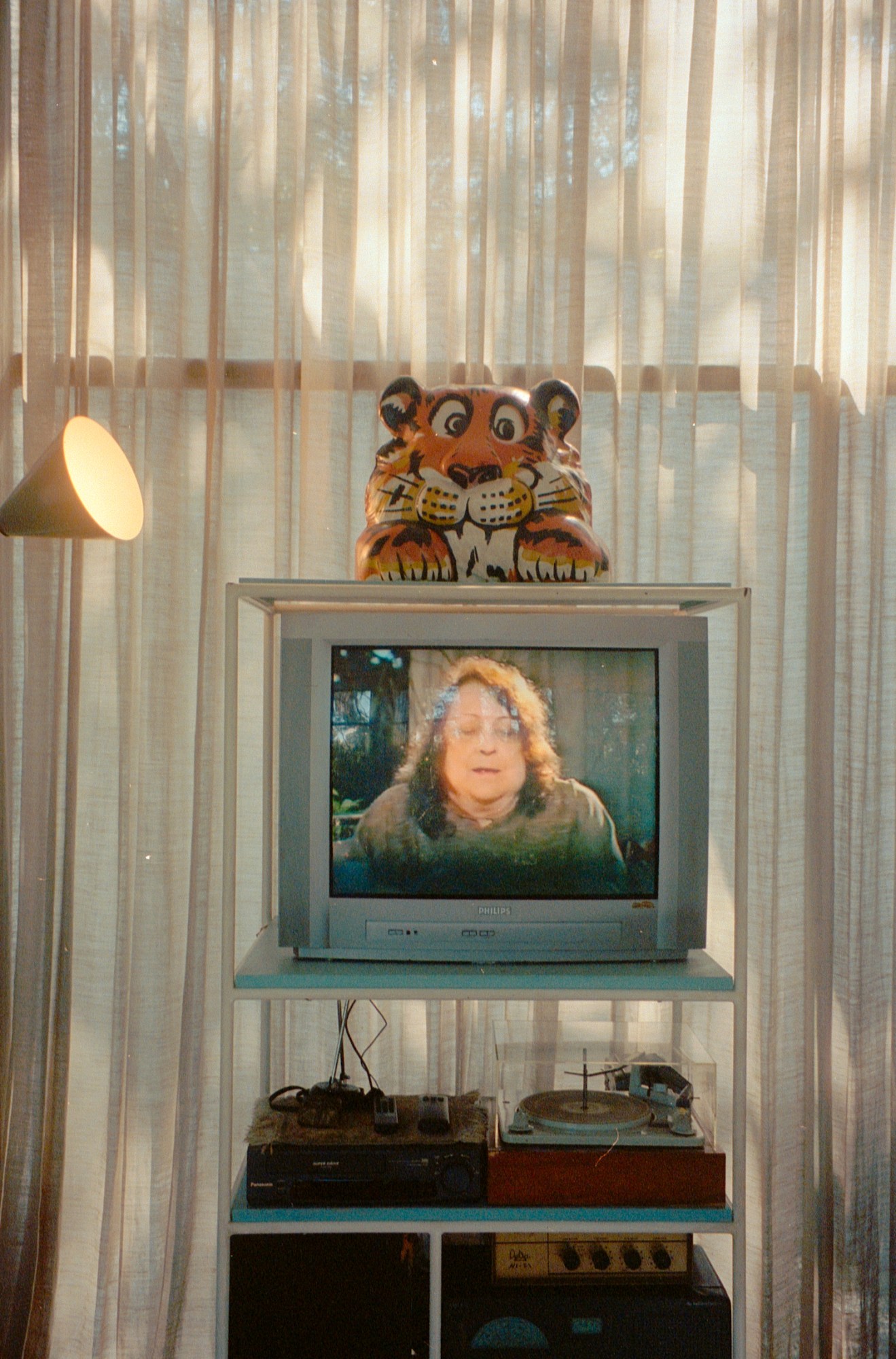That fashion’s travelling circus is back in full swing is news to no one — in fact, so habituated have we become to seeing major luxury houses do laps of the planet, staging ritzy, one-night-only spectacles, that they are now par for the course. For its latest global activation, however, Bottega Veneta did things a little differently. Chiming with the 10th anniversary of its arrival in Brazil, incumbent creative director Matthieu Blazy and his team joined forces with Franco-Brazilian editor Alexia Niedzielski, the Iguatemi group (a major player in the country’s luxury market) and curator Mari Stockler to bring the latest iteration of The Square — the Italian house’s itinerant cultural exchange series — to São Paulo.
It marks the third stop on the initiative’s world tour, with previous iterations taking place in Dubai and Tokyo. Just as it was there, product was taken out of the equation — well, save for the Andiamos and Kalimeros insouciantly slung from immaculate attendees’ shoulders — with artists, musicians, poets, friends of the house and members of the public invited to commune in a salonesque setting. Whereas those first two chapters took place in custom-built canary-green cubes, the São Paulo edition heralded an evolution of the concept. Taking up residence in the Casa de Vidro — an airy, glass-fronted cuboid, built on stilts into a hilltop thicket of tropical trees — the São Paulo edition of The Square offered a similar sense of communion, but with its most ambitious programme to date.
The choice of the venue was not, however, solely motivated by the incidentally square form of the Modernist architectural jewel — nor by its conveniently pre-existing Bottega green lampposts and window trims. Rather, it all came down to Matthieu’s deeply felt resonance with the woman who both designed the house and lived within it: Lina Bo Bardi, the Italian-born Brazilian architect, designer and thinker whose work irrevocably shaped the course of her adopted homeland’s culture.
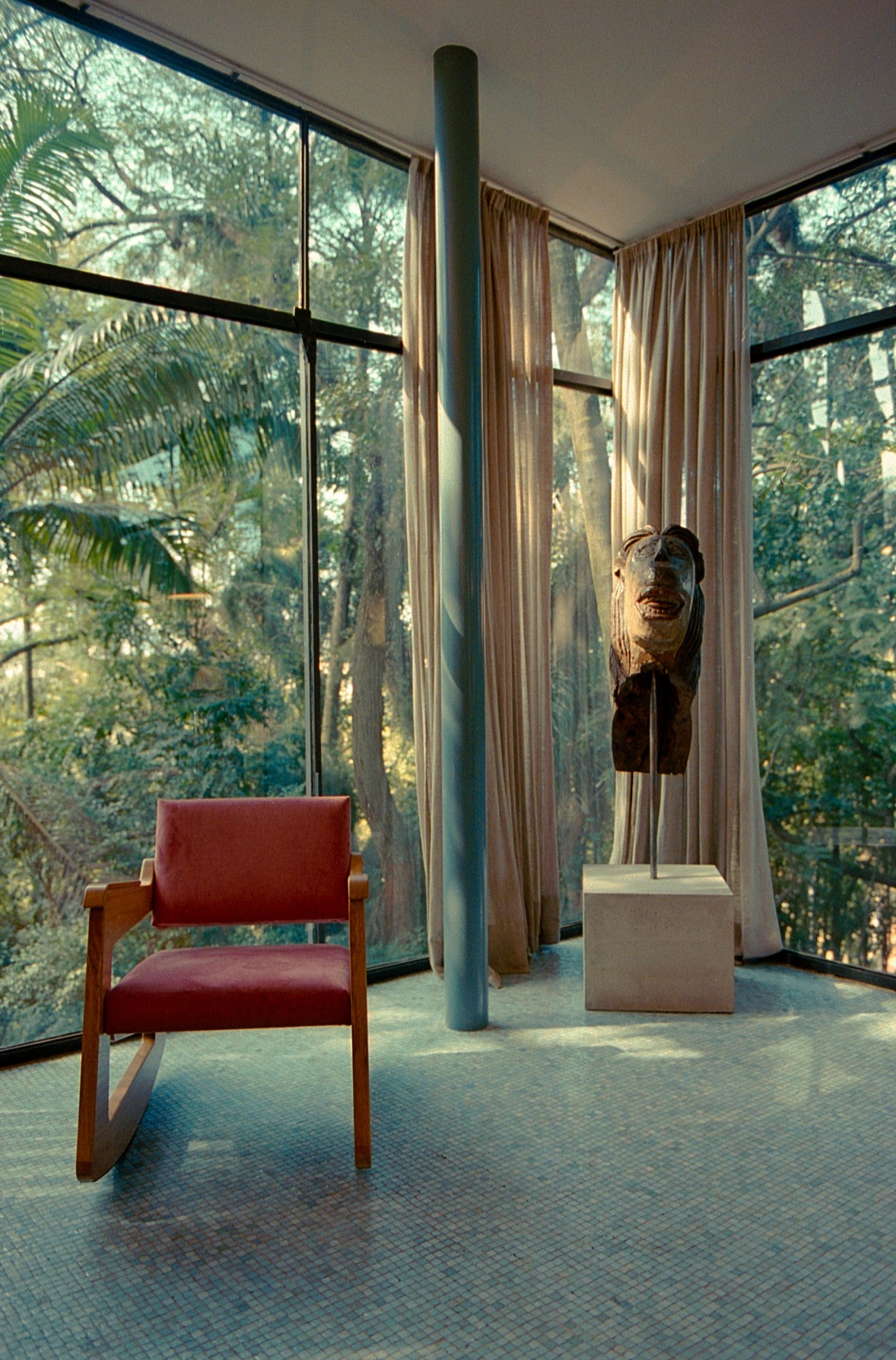
While Lina is perhaps best known for designing two of São Paulo’s most loved architectural landmarks — MASP, the city’s world-renowned museum of art that hovers above Avenida Paulista, its main thoroughfare; and SESC Pompéia, a béton brut leisure and cultural centre — not to mention the Casa de Vidro itself, The Square São Paulo illuminated the wealth and breadth of her interests. Branching beyond the buildings and objects she designed, it cast light on the ways in which she reframed perceptions of art and cultural production in Brazil, and the resonance of her actions beyond its borders.
“Lina is such an influence on my generation and the way I look at art, so I saw this as an opportunity to instigate important conversations,” Mari Stockler, one of Brazil’s foremost curators and The Square São Paulo’s curatorial lead, says — the emphasis here being on conversations; open dialogues between artists, artworks, generations, timestreams. In broaching the vastness of Lina’s corpus and its subsequent impact, Mari parsed out four distinct thematic pathways. Culminating in an informal discussion between participating artists, each related to a particular aspect of Lina’s perspective on the world and the way she lives in it.
The first, titled ‘The Glass House in Three Times’ was an act in “provoking time”, Mari explains. “Lina was someone who realised that time is not linear, so I wanted to find a way to bring the house to life,” despite Lina and her husband Pietro Bardi, the esteemed writer and curator, having long since passed. Looking to the house’s existing collection of artworks and objects, “I thought, if the house is alive, which contemporary and modern artists would Lina have brought into it today?” Mari asked herself, settling on works by artists like Allan Weber, Davi de Jesus do Nascimento and Gokula Stoffel.
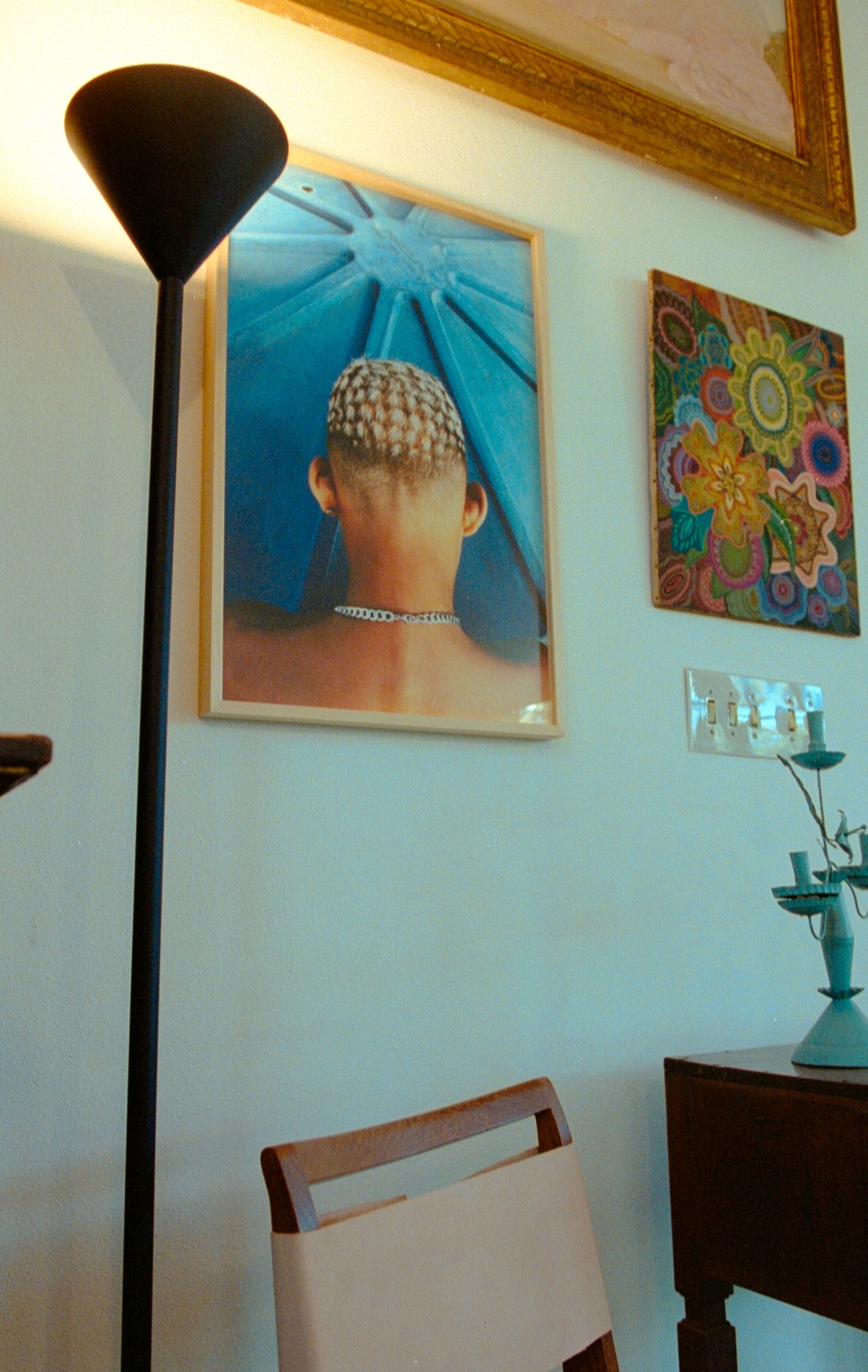
Spanning photography, drawing, painting, sculpture, audiovisual installations and more, works were arranged in an intuitive dialogue alongside those found in Lina’s house, constellated across its airy living room and library, corridors and even her private bedroom. More than just recontextualise Casa de Vidro’s pre-existing contents, however, Mari wanted to highlight Lina’s pioneering vision as a collector, and her commitment to venerating popular art — especially artworks created by Black and Indigenous makers often derided as ‘folk art’ — and affording it the same platform as works legitimised by Brazil’s elitist art institutions. “Lina was so ahead of her time, because she found intelligence in things that people did not pay attention to — things she found in the markets, for example,” Mari says. “She brought this intelligence into museums a long time ago, which is something that all museums are now trying to do today.”
This ethos underpinned “Geometry and Spirituality”, the second pathway, which explored “how Brazil invaded Lina’s mind”, much like how Casa de Vidro’s surrounding forest — non-existent when it was first erected on a barren former tea plantation in 1951 — has ‘invaded’ the house since, Mari notes. Bringing together artists including globally acclaimed inter-disciplinarian Luiz Zerbini; painter Andy Villela; Indigenous artist, teacher and researcher Ibã Huni Kuin; landscape designer Geralda Januário; and visual artist Raphael Cruz, the conversations that arose here explored a notion integral to contemporary decolonial thought — that of recentering conversations on those typically resigned to the periphery by colonial power structures, and heeding the knowledge they hold — and Lina’s intimate understanding of it. “The work of an artist like Ibã, for example, exemplifies how the Indigenous peoples hold the keys to our collective survival; how those designated as savages are in fact the ones that know how to protect our sources of oxygen,” Mari notes.
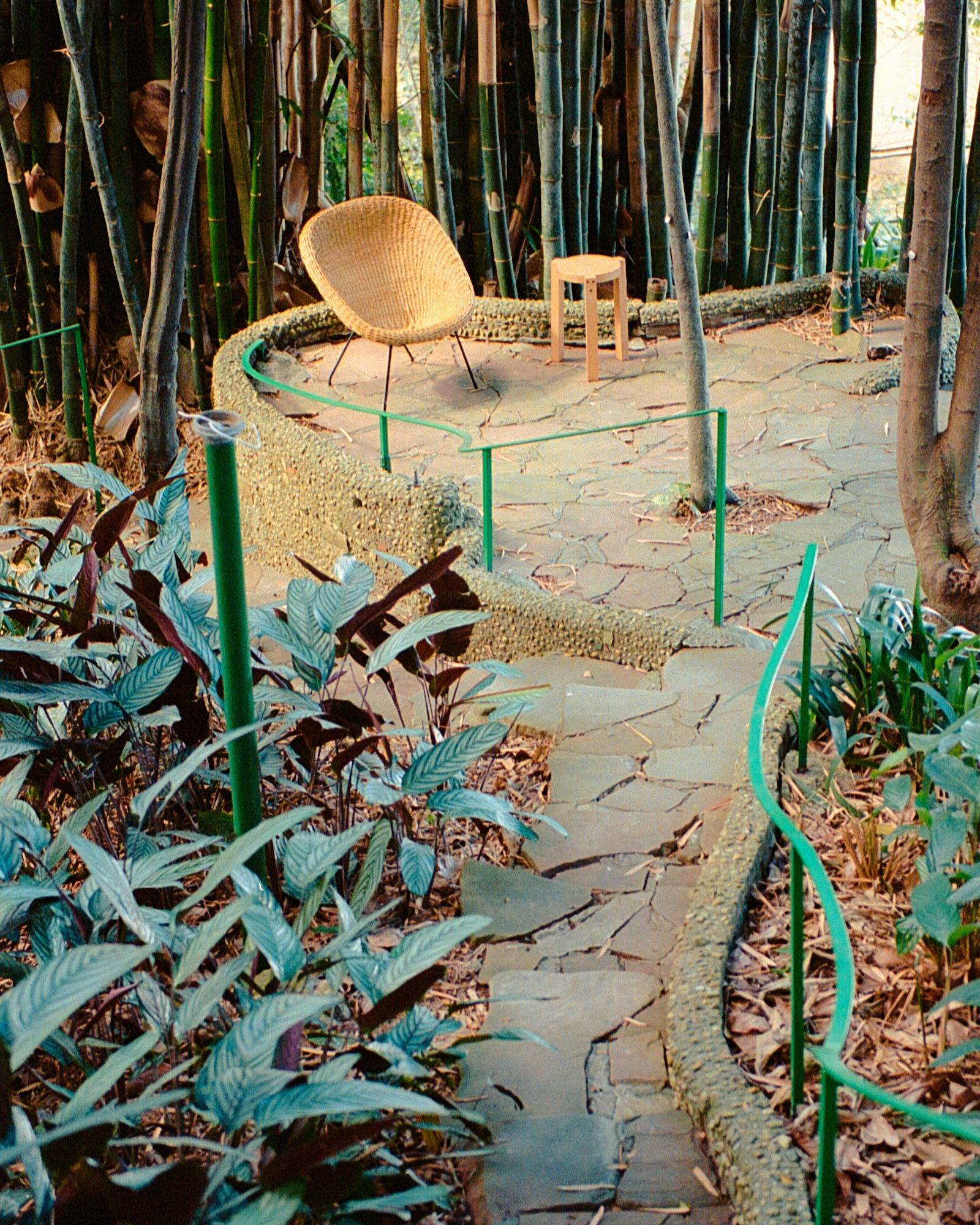
A particularly arresting feature of this pathway was Amazônia Viva (2022), a ten-minute VR journey to the heart of the Amazon rainforest by filmmaker Estevão Ciavatta. Replete with jump-scare toucans and children frolicking in the crystalline waters of the Tapajós river, it was easily the most convincing VR experience I’ve ever come across. Verisimilitude aside, though, its importance and potential were highlighted on The Square São Paulo’s opening day by events that took place beyond the Casa de Vidro. “Sônia Guajajara [Brazil’s incumbent Minister of Indigenous Peoples] was with us that day, but was forced to leave and fly straight to Brasília at noon,” Mari shares. “Those awful people on the extreme right managed to propose a motion to remove the demarcation of Indigenous lands from her ministry’s jurisdiction. It shows that we are still defending basic things that are related to our survival. But if each congressman in Brasilia were obliged to experience Estevão’s piece, I have hope that that would change.”
“Tropical Roots”, The Square São Paulo’s third pathway, explored the short-lived but influential neo-concrete movement — spearheaded by artists like Lygia Clark and Lygia Pape, based in Rio de Janeiro at the turn of the 60s — and looked northeast to the state of Bahia, the predominantly Black region of Brazil where Lina spent a large amount of time from the late 50s onwards. “Bahia was such a turning point for Lina,” Mari says, detailing her arrival in the city at the invitation of Edgar Santos, then the dean of the state’s Federal University, at a time when Salvador, Bahia’s capital, was simmering with origins of what would later become Tropicália, the artistic and musical movement around which figures like Caetano Veloso, Gal Costa, Glauber Rocha and Tom Zé coalesced.
If music was a key undercurrent for “Tropical Roots”, it was in “Soirée in Lina’s Hall”, the fourth and final pathway, that its importance in Lina’s life was given full recognition. Inspired by “seeing so many of Lina’s menus for dinners she hosted, and drawings for her tables,” Mari sought to revive the convivial spirit that defined the gatherings that Lina hosted in the space — the long evenings of dining, dancing and intellectual exchange that made Casa de Vidro “a safe space, somewhere where people could meet and discuss things freely” — an especially vital lifeline during Brazil’s 21-year military dictatorship, which ruled from 1964 to 1985. To activate the space with the spirit of evenings past, Mari invited guitarist João Camarero to perform alongside a living legend of bossa nova (a genre which, if you’ve ever heard “The Girl from Ipanema”, you are familiar with), Alaíde Costa.

In hindsight, that a fashion brand would invest so much into an event that has so little to do with, well, fashion, raises a couple of questions — above all, why? Cynics could posit that this is but an extension of big fashion’s drive to plant its flag in as many corners of culture as it can; its unrelenting compulsion to brand-stamp the worlds of music, art, film, interior design, food… The motivation here, though, is far more humble, more earnest: it’s ultimately a product of, and a testament to, the Bottega Veneta team’s deep admiration for Lina Bo Bardi and the values she embodied through and through. “Casa de Vidro is one of my favourite places”, Matthieu says in a statement from the house. “It’s a real inspiration to meet here with artists from across generations, across disciplines, and across Brazil to celebrate Lina Bo Bardi’s legacy and the richness of Brazilian culture. Bottega Veneta is all about timeless style. With The Square São Paulo, we recognise how Lina’s ideas and aesthetics resonate to this day, always reminding us of the transformative power of design and culture.”
What’s more, that message will resonate further than it would’ve done had the house simply decided to stage a show in São Paulo to mark its 10th anniversary there. While most international brand activations see their teams pack up and head home the moment the afterparty wraps, The Square São Paulo remains open to the general public until June 3, allowing any of the city’s 21 million citizens — and whoever else happens to be in town — a chance to experience the magnitude of Lina Bo Bardi’s legacy first hand. And for those who can’t make it to Brazil, a box set of four books, one for each pathway, has been published by Bottega Veneta. As an avid pioneer of broadening access to art — and the remit of what we view as art — it’s a sight that would, no doubt, make Lina proud.
The Square São Paulo at Casa de Vidro Lina Bo Bardi, R. Gen. Almério de Moura, 200, São Paulo is open until 3 June 2023
Credits
Photography Pedro Pinho
